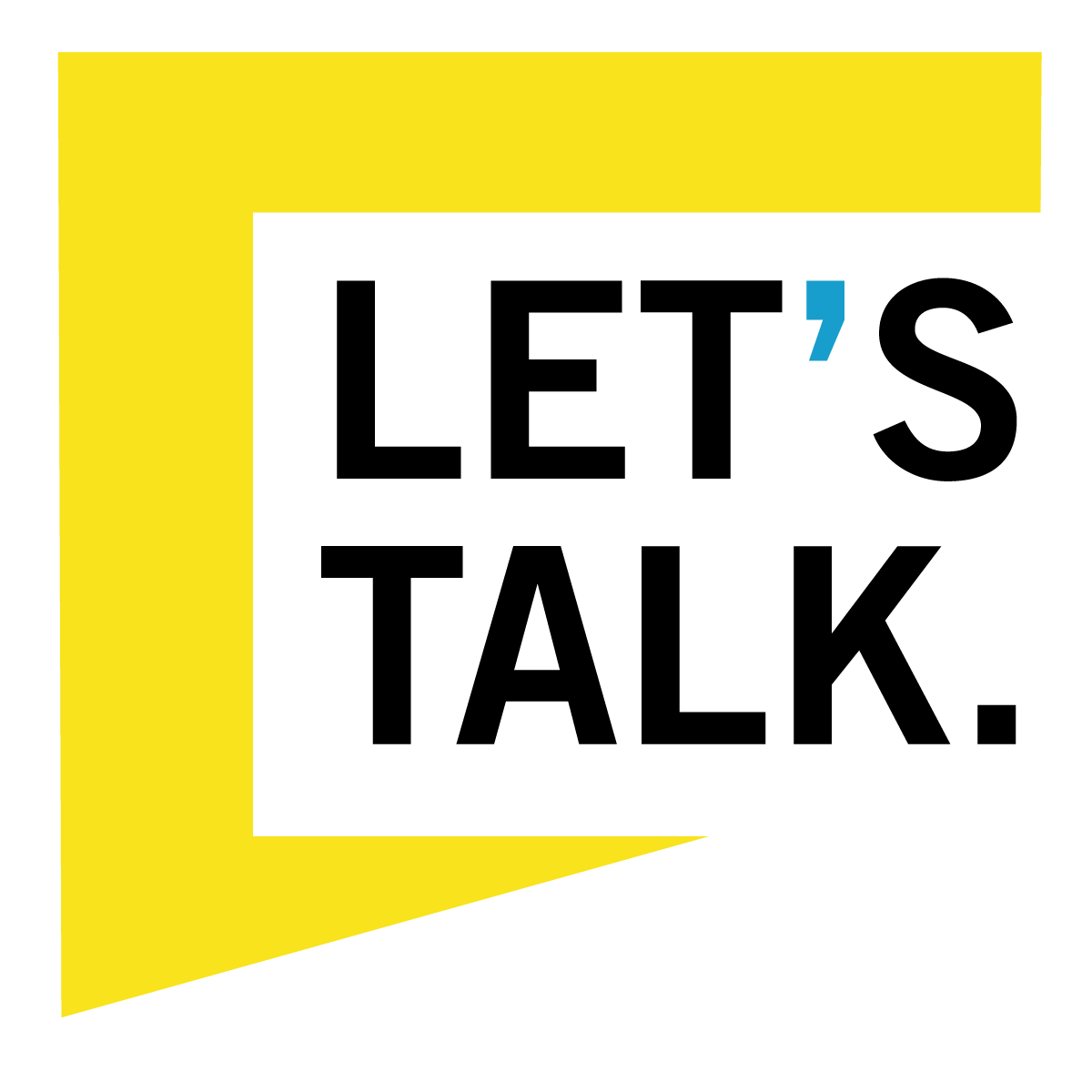CANNABIS
It’s Not Natural
Parents may remember a time when cannabis was thought of as natural, without any risks of addiction, but the landscape and composition of cannabis has vastly changed, leading to emergency room visits, psychotic symptoms, and diagnosed addiction.
-
Cannabis refers to all products containing THC that users smoke, vape, otherwise inhale, eat and drink. But cannabis is no longer the same drug from generations before. The levels of THC have increased, and the ways that youth use cannabis have altered to deliver higher and more concentrated doses of the drug. For example, in the 1980s THC levels in cannabis averaged 4%. Nowadays, THC levels can range from 15% to as high as 95%. Smoked, brewed as a tea, vaped, eaten, and dabbed, cannabis’ chemical composition and usages are now far more varied.
-
Today’s cannabis, with higher levels of THC, varied methods of use, and forms that no longer even resemble a plant comes with a list of negative short-term and long-term impacts on health: cognitive impairment, mental health consequences, poor academic performance, lack of motivation, greater risk of addiction, potential poisoning, risk for other drug use, and more. The research also indicates that age matters: youth who use cannabis regularly experience greater and longer lasting negative impacts on the brain compared with people who start smoking as adults.
-
Slowed thinking and response time, impaired coordination, paranoia, glassy eyes, increased appetite, inappropriate laughter, anxiety, drop in grades or disinterest in previously enjoyed activities, more tired and less motivated, and change in friend group.
